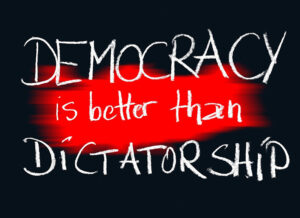The Barbados Museum stands as a custodian of the island’s history, showcasing its past, present, and future. However, for a comprehensive understanding of Barbadian identity, it’s imperative that the museum portrays more than just its colonial past. The inclusion of the island’s rich cultural heritage, including the profound impact of slavery, is essential for visitors to grasp the full spectrum of Barbadian history and its ongoing influence on society.
The history of slavery holds immense significance in shaping Barbados’ cultural landscape. From the arrival of enslaved Africans to the harsh realities of plantation life, slavery played a pivotal role in the island’s development. By incorporating this narrative into the museum’s exhibits, visitors can gain a deeper understanding of the resilience, strength, and cultural contributions of the Afro-Barbadian community. It’s essential to acknowledge this painful chapter in Barbados’ history to honour the ancestors and recognize their enduring legacy.
Neglecting to portray the island’s diverse cultural heritage would present an incomplete picture of Barbadian identity. Beyond its colonial past, Barbados boasts a vibrant blend of African, European, and Indigenous influences that have shaped its traditions, language, cuisine, and arts. By showcasing aspects such as music, dance, folklore, and religious practices, the museum can celebrate the richness and diversity of Barbadian culture, fostering a sense of pride and connection among locals and visitors alike.
Furthermore, acknowledging the impact of slavery and embracing Barbados’ cultural heritage aligns with global efforts toward truth and reconciliation. By confronting the injustices of the past and recognizing the contributions of marginalized communities, the museum can serve as a catalyst for healing, understanding, and social cohesion. Through interactive exhibits, educational programs, and community outreach initiatives, the museum can engage visitors in meaningful conversations about identity, equality, and the importance of preserving cultural heritage.
Moreover, incorporating diverse narratives into the museum’s displays can attract a broader audience and enhance the visitor experience. By offering a multifaceted representation of Barbadian history and culture, the museum can cater to the interests and perspectives of locals, tourists, scholars, and descendants of the African diaspora. This inclusive approach not only enriches the museum’s offerings but also fosters cross-cultural dialogue, empathy, and mutual respect among diverse audiences.
Finally, the Barbados Museum has a responsibility to portray more than just the island’s colonial past. By highlighting the legacy of slavery and celebrating its diverse cultural heritage, the museum can offer a more nuanced and inclusive portrayal of Barbadian history. Through this holistic approach, the museum can contribute to a deeper understanding of the island’s identity, promote reconciliation, and inspire appreciation for its rich cultural tapestry.
#Barbados #Barbadosmuseum





